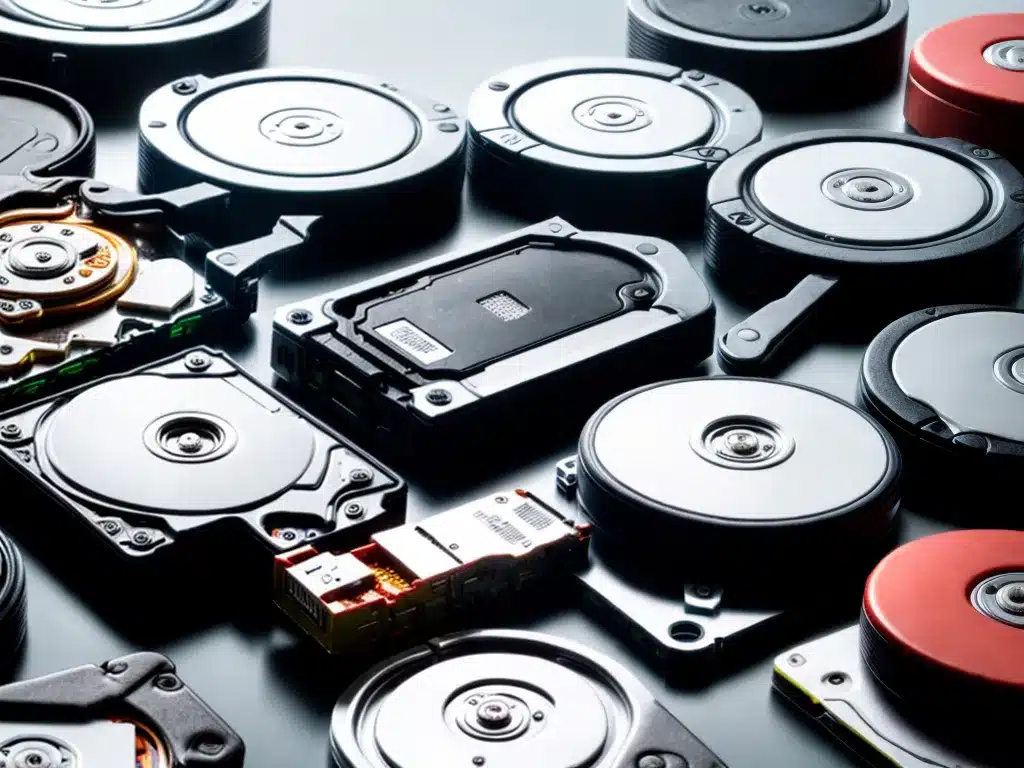
Having a backup of your important data is crucial. But what happens when your backup drives fail and you lose access to your backups? Don’t panic – in many cases, it is possible to recover lost data from failed backup drives. Here is a step-by-step guide on how to attempt data recovery from failed backup drives:
Assess The Backup Drive And Failure
The first step is to assess the backup drive to understand the type of failure:
-
Physical damage – Dropping the drive, water damage, etc can cause physical damage to the platters inside. This requires professional data recovery services.
-
Logical failure – Corrupted filesystem, accidental reformatting, virus infection, etc. The data may still be recoverable using DIY software tools.
-
Mechanical failure – Spindle motor failure, head crash, etc. May require a cleanroom environment for platter transplant or head replacement.
-
Electronic failure – Circuit board failure, PCB corruption, etc. Usually not DIY recoverable.
Ideally, you should first determine the type of failure before attempting recovery. Physical damage requires professional assistance while logical failures may be DIY recoverable in some cases.
Attempt Logical Recovery Using Software
If the backup drive failure is logical in nature, you can attempt DIY data recovery using software tools:
-
Photo recovery software – For recovering photos, videos and media files from storage devices. Recuva and Stellar are good options.
-
Partition recovery software – Tools like TestDisk can repair corrupted partitions and recover lost partitions.
-
Data recovery software – Advanced tools like R-Studio and ReclaiMe can recover documents, emails and other file types from failed drives.
The process involves connecting the failed drive as a secondary drive and scanning it with the software to recover lost data. Take care not to overwrite the failed drive during the process.
Consider Professional Data Recovery Services
If DIY software recovery does not work, consider using professional data recovery services:
-
They use specialized tools and techniques like platter transplantation, disk imaging, head replacement etc.
-
Clean room facilities ensure proper recovery from mechanically failed drives.
-
Higher chances of recovery, but more expensive than DIY options. Get a quote first before approving recovery.
-
Reputable providers like DriveSavers, Ontrack, Gillware offer secure remote services.
Professional recovery can cost hundreds to thousands of dollars but offers the best chance for critical lost data. Weigh the costs vs importance of recovery.
Prevent Future Backup Drive Failures
Some tips to avoid backup drive failures in the future:
-
Use high-quality drives from reputable brands designed for backups. Avoid cheap consumer-grade drives.
-
Handle drives carefully to prevent physical damage. Do not drop them.
-
Keep backup drives in proper enclosures and environments – cool, dry place away from dust.
-
Maintain multiple redundant copies of backups, preferably using the 3-2-1 backup strategy.
-
Regularly verify backup integrity using disk utilities to check for impending drive failures.
-
Replace backup drives every 2-4 years as they have a limited lifespan.
Following best practices for backups can help minimize chances of failure and data loss. But if a backup drive does fail, this guide should help recover your lost data. Let me know if you have any other questions!












